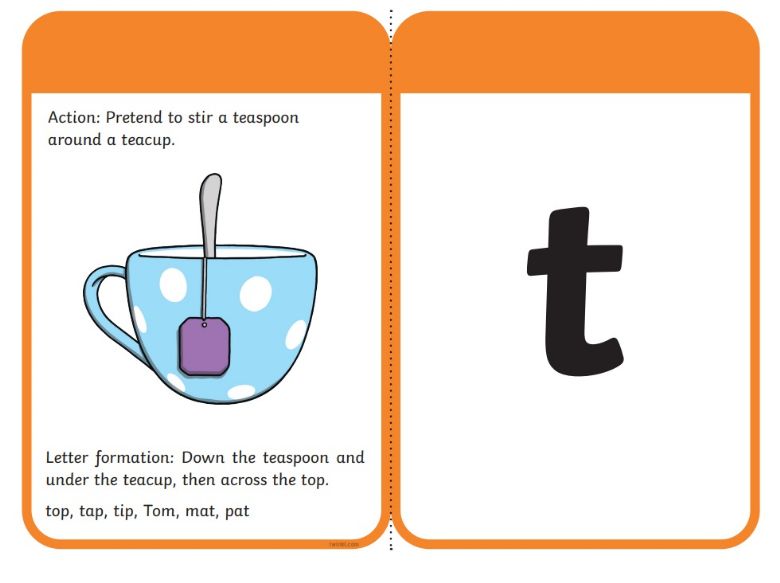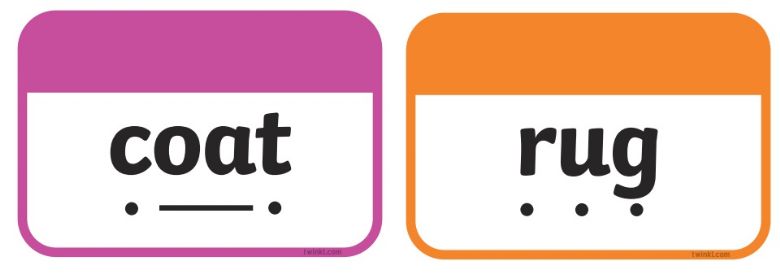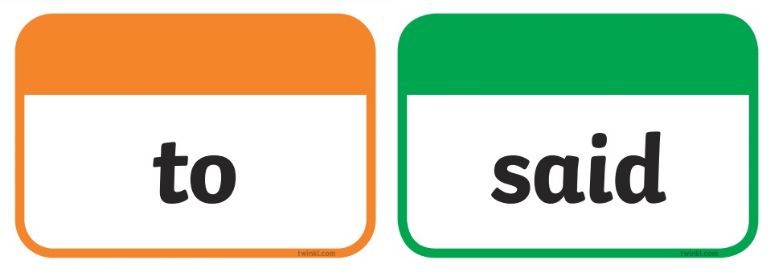Phonics
At Hamsey Green, we are dedicated to ensuring our pupils become confident, effective, and passionate readers. We do this through the teaching of systematic phonics, following the Twinkl Phonics programme.
What is Twinkl Phonics?
Twinkl Phonics is a fully comprehensive, synthetic phonics teaching programme designed to be used with children from Nursery to Year 2. Delivered through the stories and adventures of Kit, Sam and the Twinkl Phonics family, the scheme builds and develops the skills and understanding children need to become effective, independent readers and writers.
How is Phonics taught at Hamsey Green?
Lessons are centred around The Four Cornerstones of Phonics: rapid recall of sounds, rapid recall of tricky/common exception words, efficient blending skills and efficient segmenting skills. Children in Early Years and Key Stage One will have daily Twinkl Phonics sessions in both whole class and smaller groups. These groups will be reviewed and adapted regularly, in order to match the pace and progress of each child. Class teachers and teaching assistants may also provide additional interventions to support children as individuals.
Learning new sounds (phonemes) and how to write them (the grapheme):
In Twinkl Phonics there are 6 Levels. Typically, Level 1 is taught in Nursery, Level 2, 3 and 4 are taught in Reception, Level 5 is taught in Year One and Level 6 is taught in Year Two. As children all progress at different rates, your child might work through the Levels at a slightly different pace.
Within Levels 2, 3, 5 and 6, children are taught new sounds. Alongside these, they will learn a matching mnemonic (picture), a song, an action, and a letter formation rhyme. As they learn the Level 2 and beginning Level 3 sounds, they will also learn the matching letter name.

The videos below will show you how to pronounce the Level 2 and 3 sounds and will show you the matching action:
Level 2 Sounds and Actions: https://www.youtube.com/watch?v=0SzkjubQ-Ok
Level 3 Sounds and Actions: https://www.youtube.com/watch?v=8ZGwM48Wy5E
Further information on the sounds taught can be found in our Twinkl Phonics Resources area of this website.
Learning to read and write:
Children will learn to blend sounds to read and to segment sounds to write. Once they are confident at word level, they will begin to read and write simple phrases e.g., the black cat, then simple sentence e.g., the dog is black. They will also learn to read and write longer, more complicated words e.g., lunchbox, scrunch.
Blending is the process of sounding out a word, squashing these sounds together and reading the full word. E.g., your child would see the word ‘dog’ written down. They would point to each sound and say the sound d-o-g. They would then speed the sounds up and squash them together to read the word ‘dog’. They may need a little help with this in the beginning!
Sound buttons/ bars are used underneath the sounds in words to help the children to read. When they become more confident with their reading, sound buttons will be used less often.

Segmenting is the process of breaking down a word into the individual sounds to write it. Eventually, your child will be able to do this independently, but initially they may need you to help them break down the word/ tell them how many sounds are in the word e.g., “the word is bat. It has three sounds b-a-t. Can you write the first sound? Which sound comes next? What is the end sound?”
When children first learn to write longer words, we encourage them to use their known sounds and have the confidence to try and write words, even if they haven’t learnt the necessary graphemes yet.
For example, if your child was writing the word ‘hungry’, they might write it as ‘hungree’ as they haven’t learnt the y making ee sound yet. If they were writing the word ‘snake’, they might write it as ‘snaik’, as they haven’t learnt the a_e sound yet.
Tricky words (also known as high frequency words or common exception words):
Within Twinkl Phonics, children will be introduced to tricky words. These are words that they cannot sound out. They usually have a sound or two within the word that tricks them as it makes a sound, they are not yet familiar with, for example: the, be, your, there.
Initially, they are taught to read these words and then they are taught to spell them.

How can I help my child with their reading?
Here is some Phonics terminology that you might be interested to know:
|
Phoneme |
The smallest unit of sound in words. |
|
Grapheme |
The written representation of a sound e.g. f, sh, ng. |
|
Blending |
Joining individual speech sounds together to read a word e.g. c-a-t = cat. |
|
Segmenting |
Breaking down words into individual speech sounds to write a word e.g. fish = f-i-sh. |
|
Digraph |
Two letters that make one sound e.g. sh, th, ng. |
|
Trigraph |
Three letters that make one sound e.g. ear, ure. |
|
Split Digraph |
Two letters that make one sound which are divided by a consonant e.g the i_e sound in the word side. |
|
Tricky/ common exception words |
Words that are not fully decodable e.g. the, she, he. |
|
Sound buttons |
Circles or spots that can be written underneath each sound of a word to support reading. |
|
Sound bars |
Lines that can be written under a digraph or trigraph to show that the letters make one sound. |
|
Mnemonic |
A visual prompt to help children remember a sound. |
At Hamsey Green, we really value your support with your child’s reading at home. The expectation is that your child will read for 5-10 minutes every day. Children will take home two reading books at a time:
- A decodable reading book which will be explicitly matched to their current phonics ability.
- A shared reading book which may contain sounds or words they are not as familiar with. This book should be shared with an adult. This enables children to focus on other reading skills e.g., using the illustrations for clues, reading for meaning, checking their reading makes sense.
Your child will also receive home learning activities from their class teacher - these may include home learning activity sheets, interactive games and spellings to practise.
If you have any further questions, please speak to your child’s class teacher.







